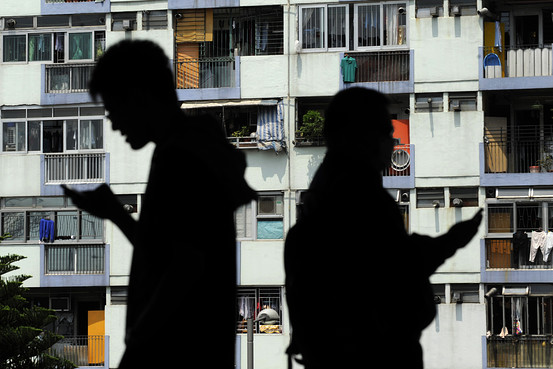On 10th anniversary, Wikipedia aims for diversity
Wikipedia, the online trove of assorted facts and trivia, is trying to be more well-rounded.
As the encyclopedia nears its 10th birthday on Saturday, its leaders are seeking a more diverse group of editors — specifically, women, people in developing countries and people with expertise in assorted disciplines.
Wikipedia is about to open an office in India and wants to expand further in Brazil, Egypt and other Middle Eastern countries. Today, 20 percent of the site’s pages are written in English, but the organization expects that to change over the next 10 years.
“Everybody brings their crumbs of knowledge to the table and all those crumbs become a banquet. And we’re missing some people from the table,” said Sue Gardner, executive director of the Wikimedia Foundation, the nonprofit that runs Wikipedia.
In an effort to diversify, the San Francisco-based non-profit is recruiting students from 16 college campuses, including Harvard and Georgetown. Wikipedia is trying to teach young people what it takes to curate the website’s entries. Cooperating professors, for instance, will assign their classes to write encyclopedia entries about public policy, complete with footnotes.

